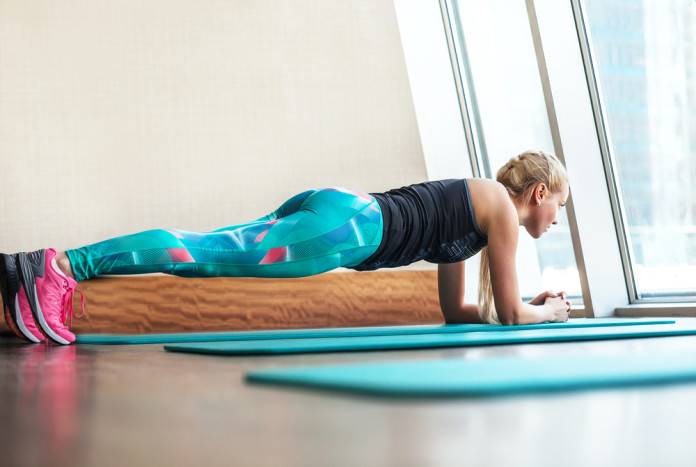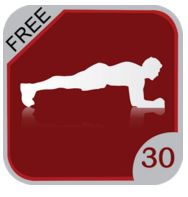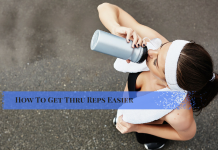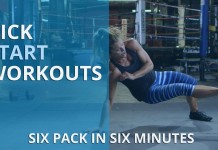The Power Of The Plank
Sometimes the easiest of movements can result in the greatest gains to your fitness, and this is certainly the case with planks. These are one of the best exercises for core conditioning, but it also works your hamstrings and glutes.The benefits include improved posture, flexibility, reducing back pain, and a toned stomach.
How to Do Them
To execute a plank properly, lie down on your stomach and use your elbows to support your upper body. Retract your shoulder blades and pull them tight to your ribcage. Squeeze your glutes and straighten your legs. Avoid looking up or down and keep your neck in a neutral position.
Start by learning when your pelvis is in a neutral position. An easy way to determine this to rock your pelvis back and forth while assuming a simple plank position until you find a position such that you are able to squeeze your glutes maximally.
Now try to lock your pelvis with your ribcage and torso. This means trying to create a sturdy link between your upper body and your lower body. A plank is a total body exercise that incorporates tension and co-contractive forces. It may be thought of as an exertion of near-maximal contractile strength from multiple areas of the body (including your shoulders, abdominals, glutes, spinal stabilizers and quads).
To really milk the motion, tighten your abs and exhale. As you breathe out, you will be able to create an even tighter brace and activate the internal core muscles. Take in tiny breaths as you inhale so that you can exhale properly without compromising your posture. Recent research shows that the bracing action involved in a plank activates the internal obliques preferentially, as opposed to the rectus abdominus (a core muscle that is most often targeted by other core-exercises). Utilizing these deep core muscles is what helps to keep the spine in shape and secure.
What Planks Are Not
A poorly executed plank is mainly caused by poor spinal positioning, whereby your butt either protrudes upward or your back is rounded. In the case of your butt sticking out more than it should, the low back musculature and the hip flexors kick in instead of the core muscles. When your back is rounded you can increase abdominal stability without increasing muscle activity and thus prolong the ability to remain in plank position.
Planking for Mobility
Agility and speed have a lot to do with core balance and stability. Fortunately, so do planks. If the lower back is unstable, the body will have to compromise stability from another part., such as the hips. As mentioned earlier, this will affect the neutrality of the pelvis and prevent the plank from being optimally effective. This is why most, if not all, athletes take planks seriously. Whether they’re used for warming up or for in between drills, they are effective.
Try this free 30 Day Plank Challenge app from Google Play here.
[mashshare]
Source: Fitness Republic
[ulp id=”I1Mr4xcccmiFLCrG”]













